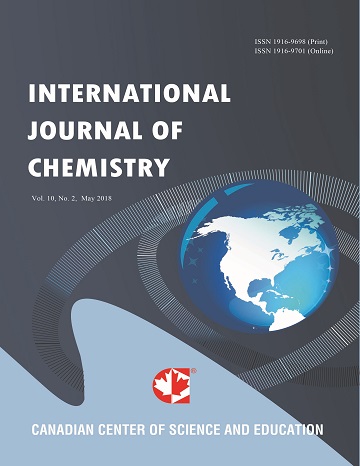Identification of Adulteration of Olive Oil with Other Edible Oils by LED-induced Fluorescence and Multivariate Calibration
- Marilena Meira
- Cristina Quintella
- Erika Ribeiro
- Mariana Santos
- Saionara Luna
- Alexandre Del Cid
Abstract
The most common adulterants found in extra-virgin olive oil are refined olive oil and other vegetable oils, such as sunflower, soybean, corn, and canola. In addition to constituting economic fraud, adulteration can cause serious damage to the health of the consumer. This study focuses on the detection and quantification of the adulteration of extra-virgin olive oil with edible oils, using spectrofluorimetry and chemometrics. The data were analyzed by Principal Components Analysis (PCA) and Partial Least Squares (PLS) analysis. Through PCA, it was possible to separate the samples into two distinct areas, olive oil and other edible oils, based on their chemical composition. The PLS model, built with the spectra of mixtures of soybean oil in extra-virgin olive oil, exhibited an R2 of 0.99412 and low RMSEP (Root Mean Square Error of Prediction) (3.59), RMSEC (Root Mean Square Error of Calibration) (2.32) and bias (4.77. 10-7) values. Thus, the PLS model was considered exact for calibration and prediction.
- Full Text:
 PDF
PDF
- DOI:10.5539/ijc.v6n4p31
Index
Contact
- Albert JohnEditorial Assistant
- ijc@ccsenet.org
